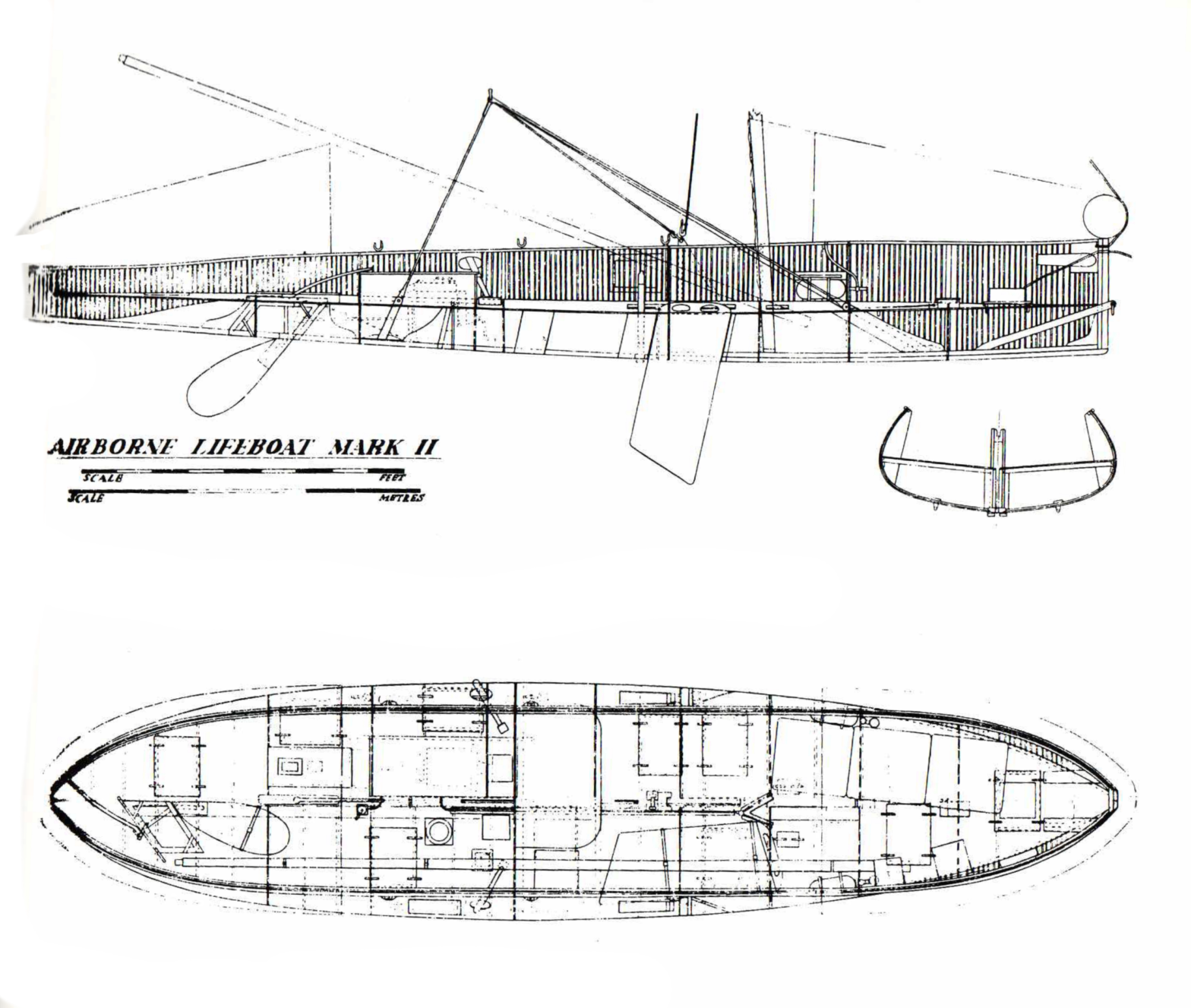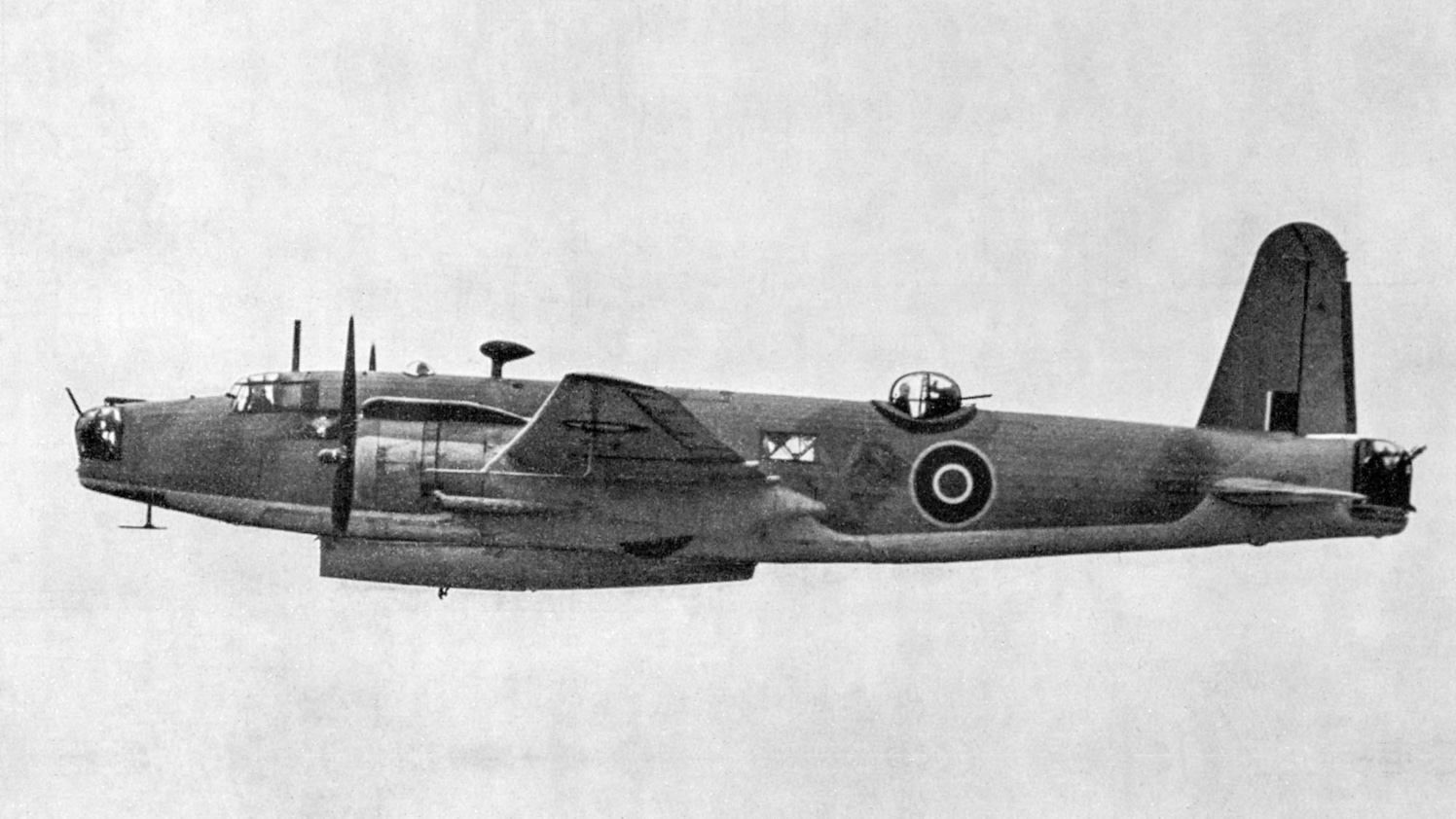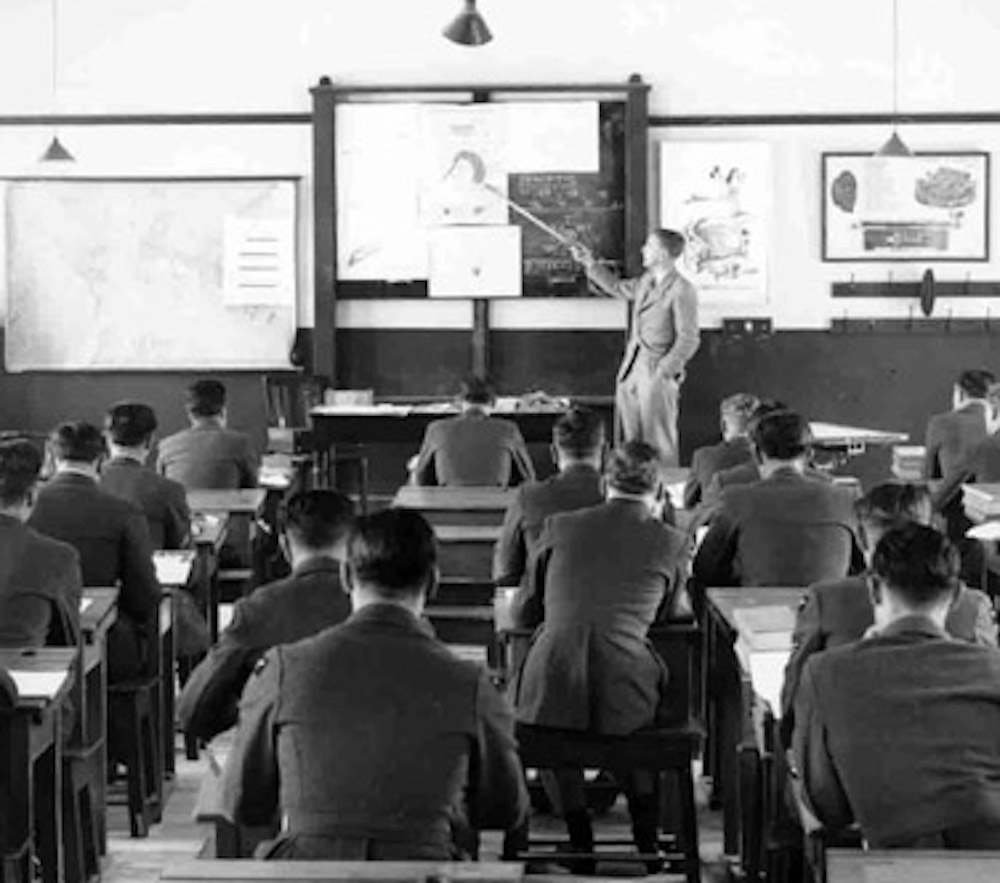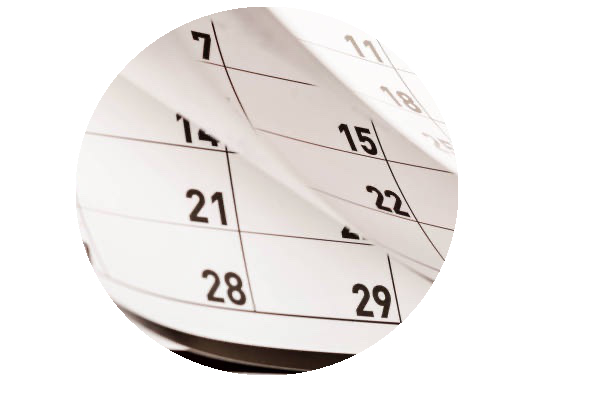Uffa Fox had started work on his ideas for other versions of an Airborne Lifeboat immediately the Mark I was designed and probably before. The Air Ministry invited tenders from many boatbuilding companies for new designs and construction methods. Designs from Uffa Fox, Aldous Successors (Brightlingsea), The British Power Boat Company of Hythe, The Itchenor… Continue reading Mark II Designs proposed by many yards
Category: Timeline
Mark IA and Warwicks operational
The first Warwicks for Air Sea Rescue service were delivered to 280 Squadron. They were then supplied to 276, 278, 281 and 282 Squadrons in time for D-Day. The Warwick greatly improved the Air Sea Rescue capability. The Warwick was much better than the Hudson because it: carried more people and therefor more pairs of… Continue reading Mark IA and Warwicks operational
School of Air Sea Rescue formed as part of concentration on aircrew survival training.
School of Air/Sea Rescue formed near Blackpool as part of concentration on preparing air crew for ditching procedures and in use of survival equipment.
XFirst Operational drop, 279 Squadron
5th May 1943 – Three Hudsons from 279 Squadron attended the ditched crew of a Halifax (102 Squadron) returning from a raid on Germany. Their position was 85 miles East of Spurn Head. One of the Hudsons, ‘W’, was carrying an Airborne Lifeboat which was dropped to the crew.This first operational drop did not go… Continue reading XFirst Operational drop, 279 Squadron
Training – 279’s First lifeboat drop
There were many teething troubles with the lifeboat, its gear and understanding of to use them. The ground and aircraft crews needed training and practice in their use and deployment. A significant operation for 279 squadron took place on 17th February 1943 when one of their Hudsons undertook their first traing drop of an airborne lifeboat.… Continue reading Training – 279’s First lifeboat drop
279 Squadron Hudsons operational with Mark I
No 279 Squadron’s Hudsons eventually became operational with lifeboats in January 1943. The lifeboats were well provided with signalling aids plus sufficient food, drink and comforts, including waterproof suits and first aid kit, to cover seven day’s requirements for a crew of seven. To assist the survivors on their voyage, a compass and charts were… Continue reading 279 Squadron Hudsons operational with Mark I
Development drags on
Although the hull and concept were now agreed development was taking a long time due to finalise design and supply of all of the equipment and gear required, partly because the lifeboat was competing with many other wartime priorities. Groups Captain writes in January complaining about the delays. Uffa also writes, with his unique style,… Continue reading Development drags on
Decision to replace Hudsons with Warwicks for ASR
By October 1942, before the ASR Hudson had even become operational, it had already been decided to replace them with Warwicks. This meant meant adapting the lifeboat to fit the new aircraft. The changes were restricted to the gunwhale / sheer shape to match the new plane but other aspects were the same. Despite the… Continue reading Decision to replace Hudsons with Warwicks for ASR
23′ Mark I Design confirmed
The development of the Mark I during Spring 1942 led to preliminary tests in August. The following is a summary of key changes from the 20′ prototype tested earlier in the year : Adoption of buoyant ‘counter’ stern as used in Uffa’s canoes. lengthened to 23’2″. waterline beam and freeboard increased through use of tumblehome… Continue reading 23′ Mark I Design confirmed
US involvement further expands ASR capability
The arrival of US Air Forces added further impetus to the development of RAF ASR services. They climbed a steep learning curve regarding operations over the sea and provided significant assistance with equipment, training, organisation and aircraft including ‘spotter’ fighters to pass positions of ditched bomber crews..US Airforce logo







